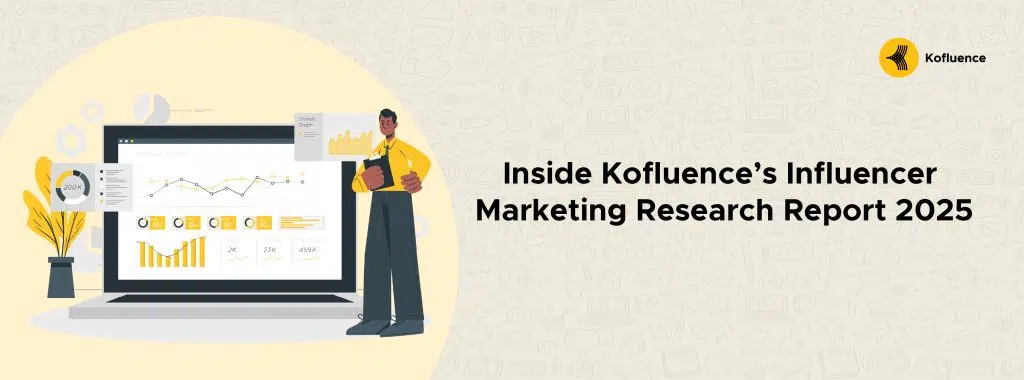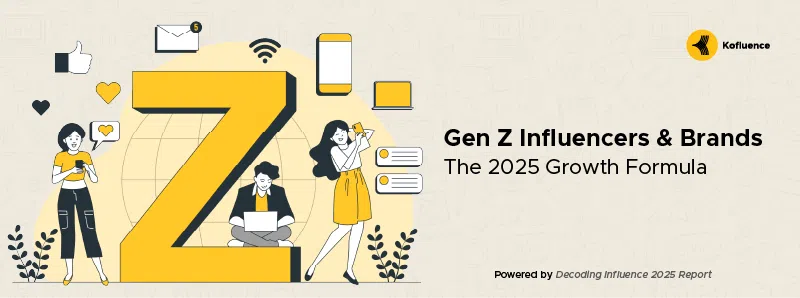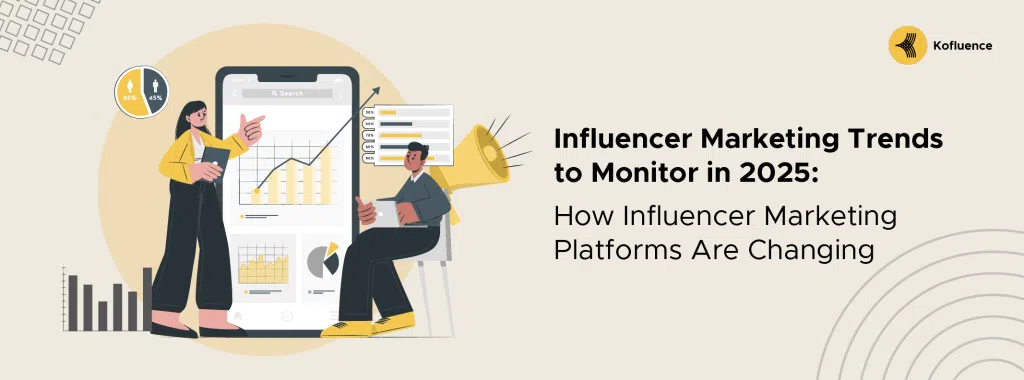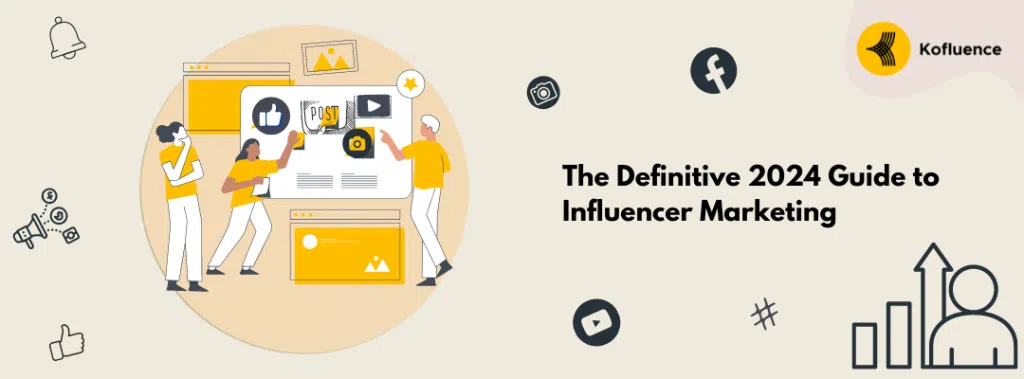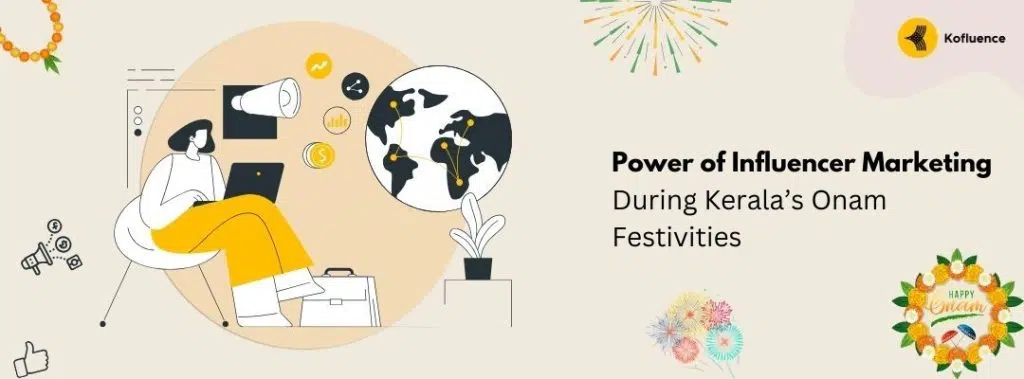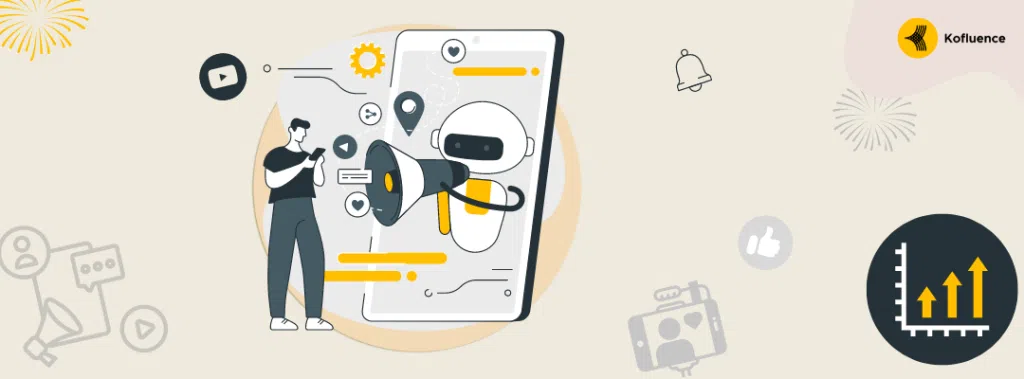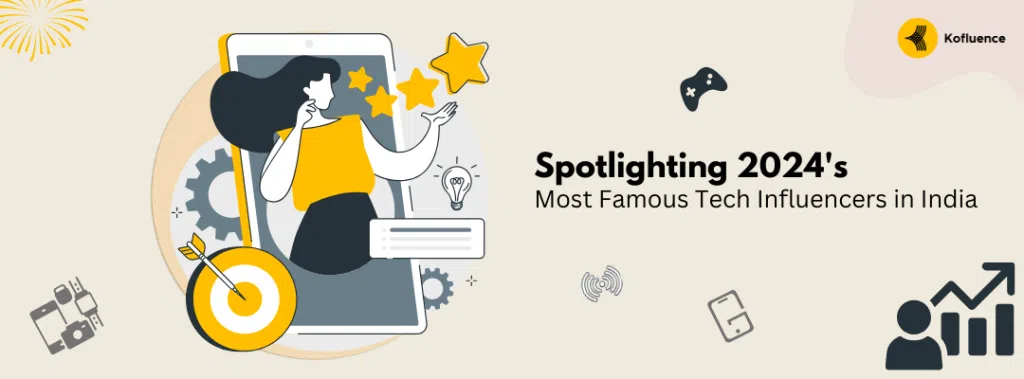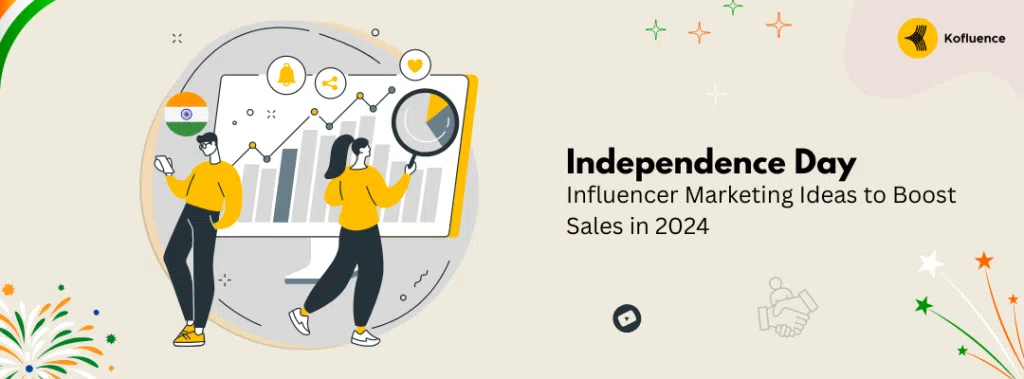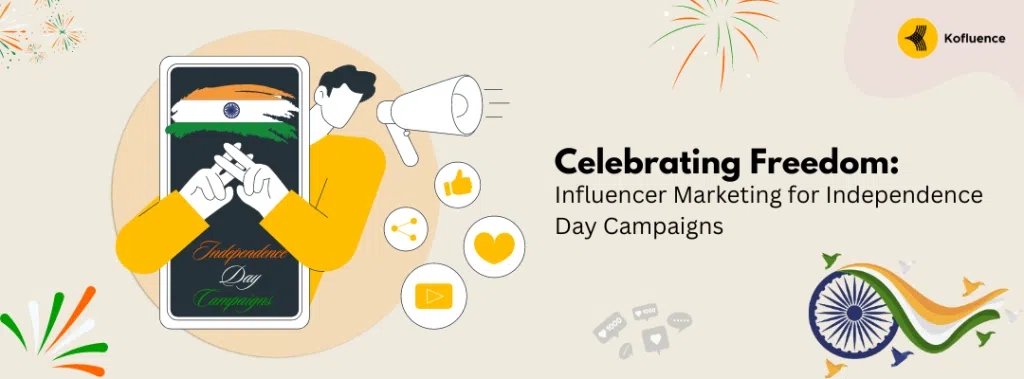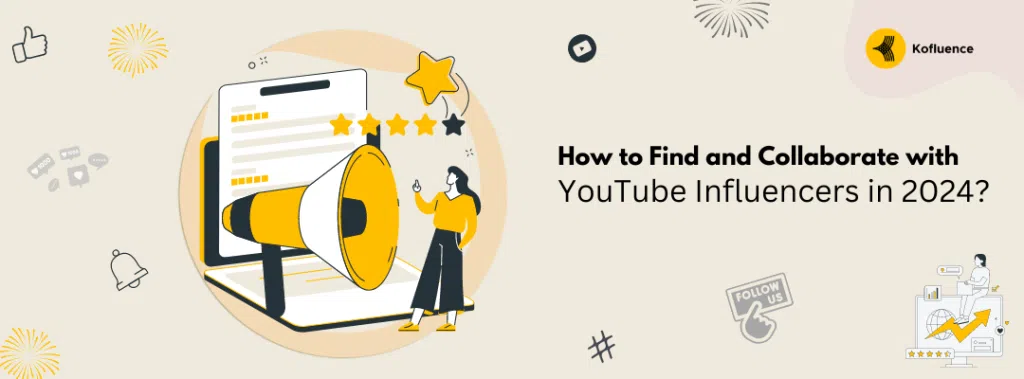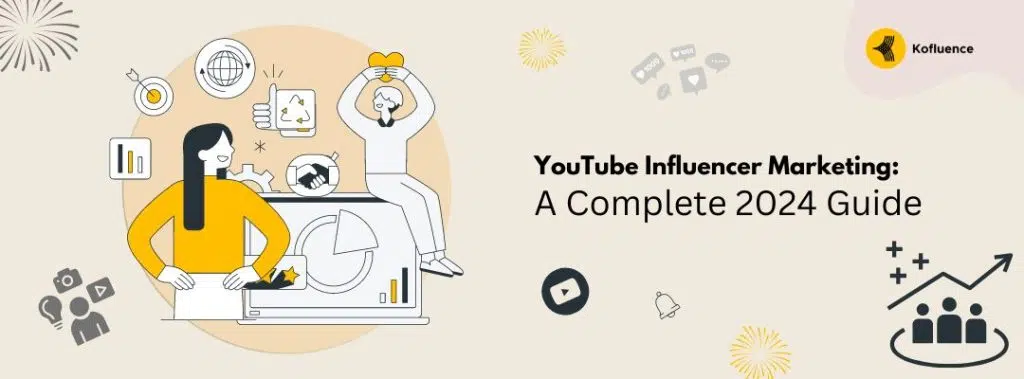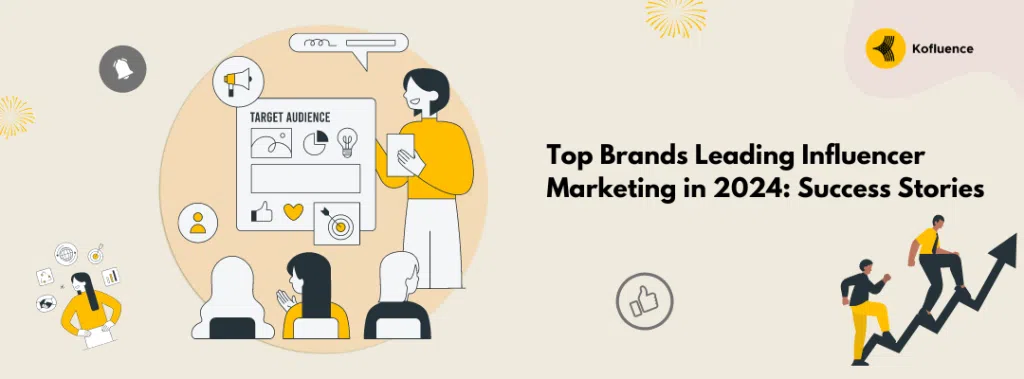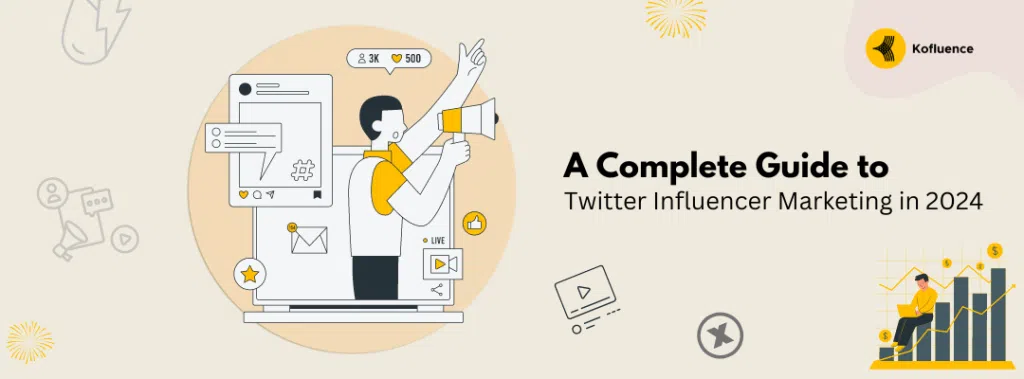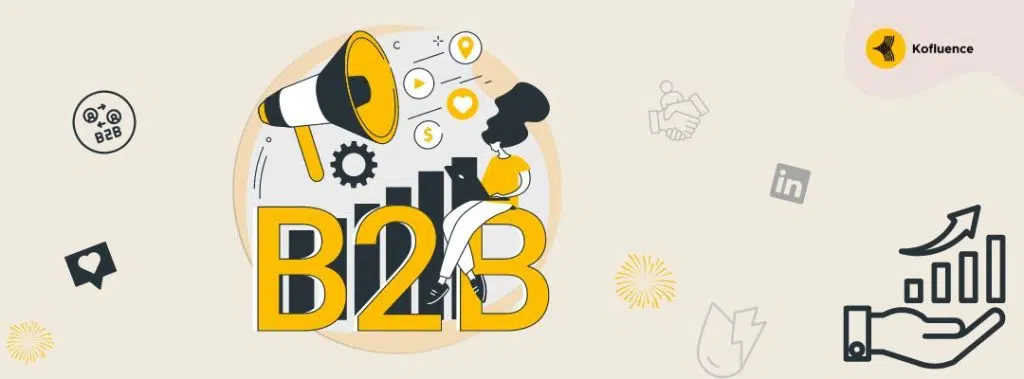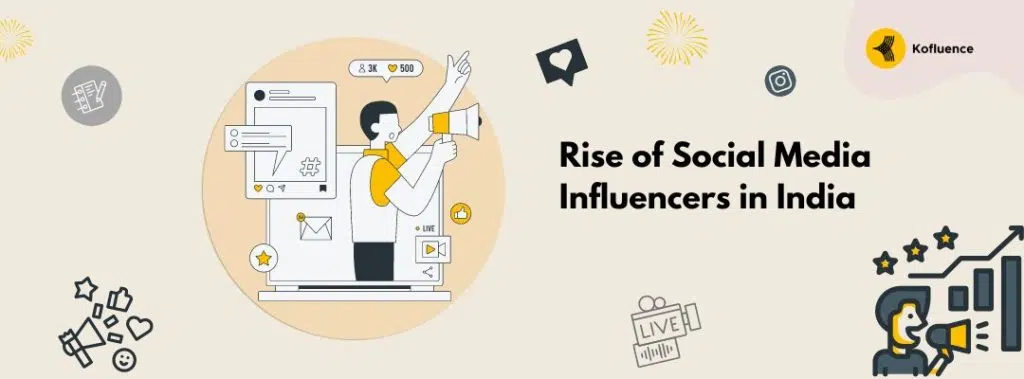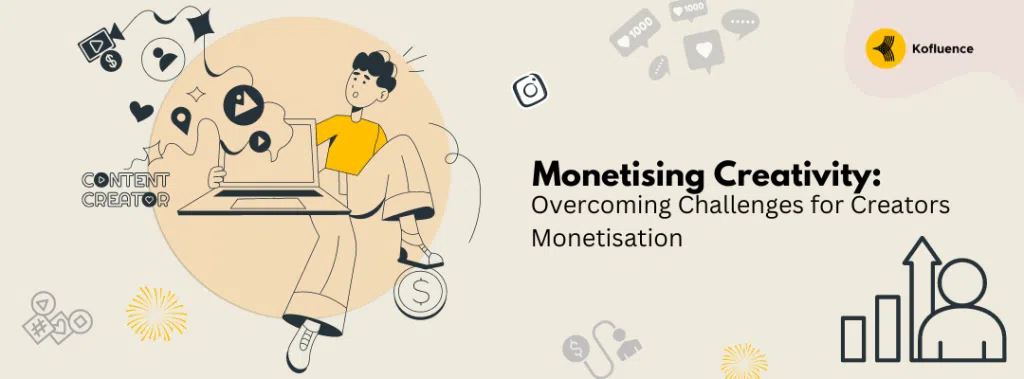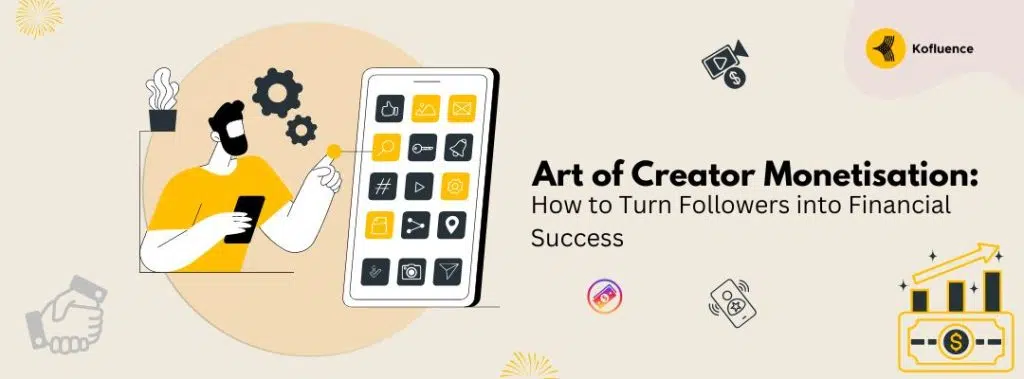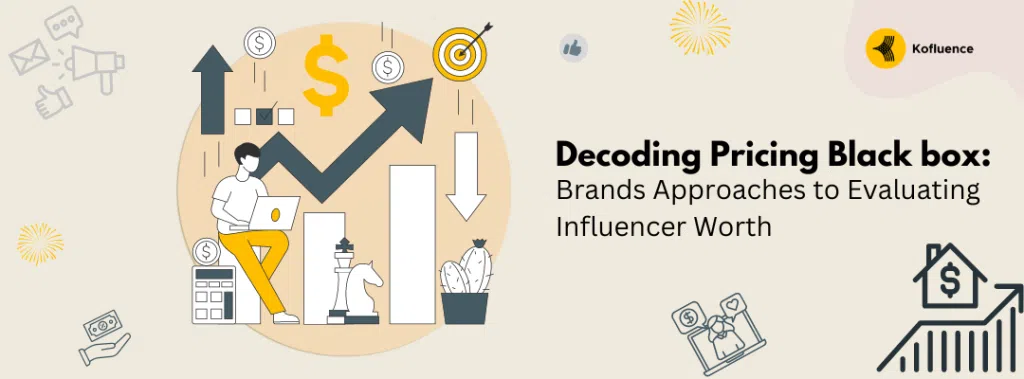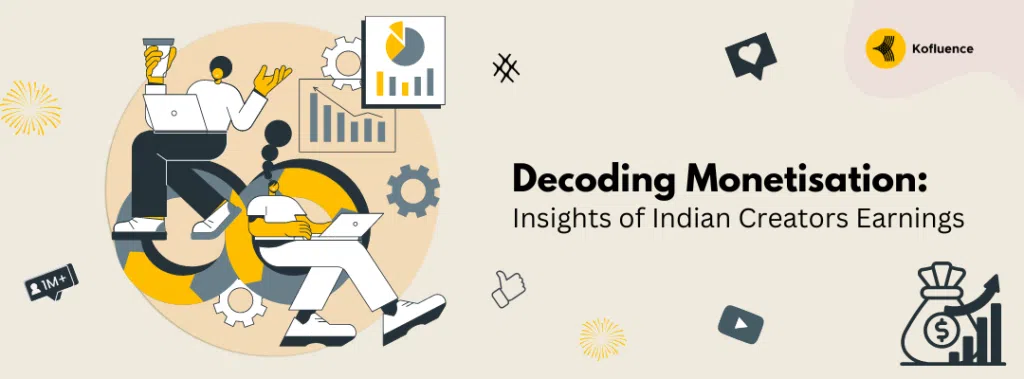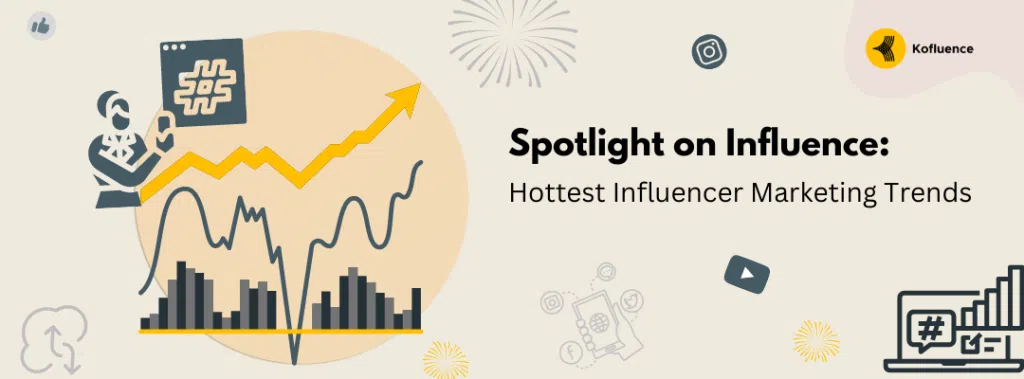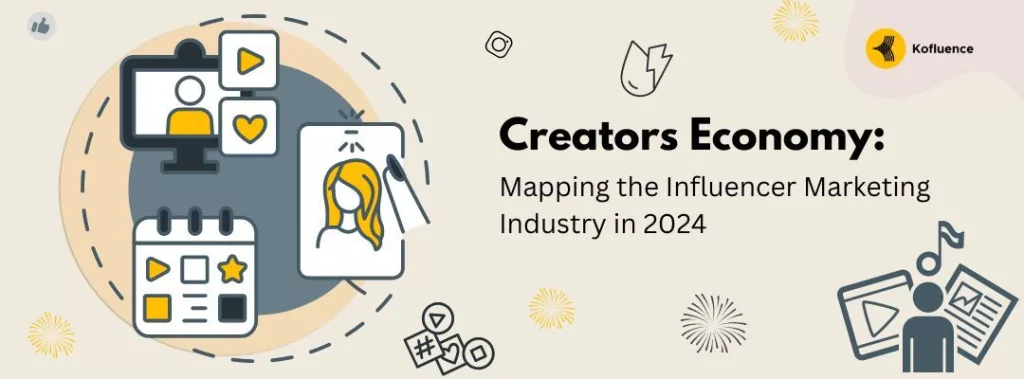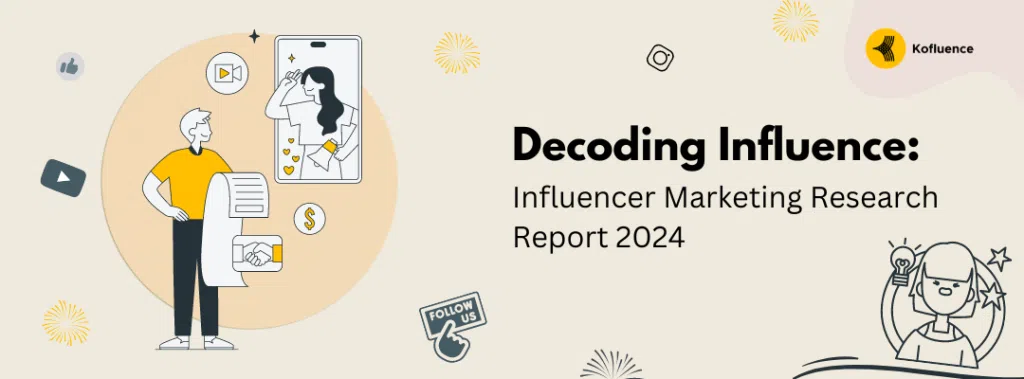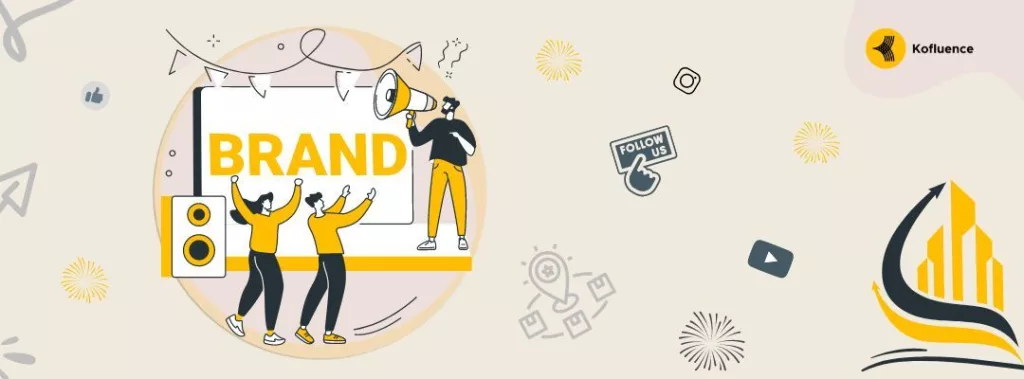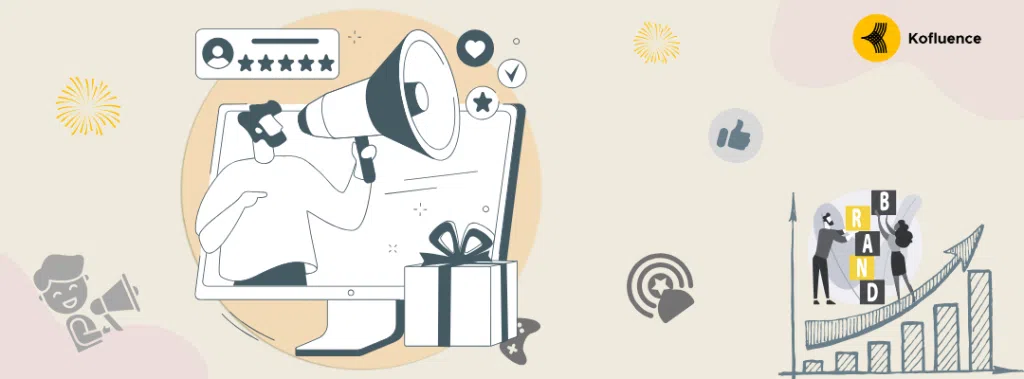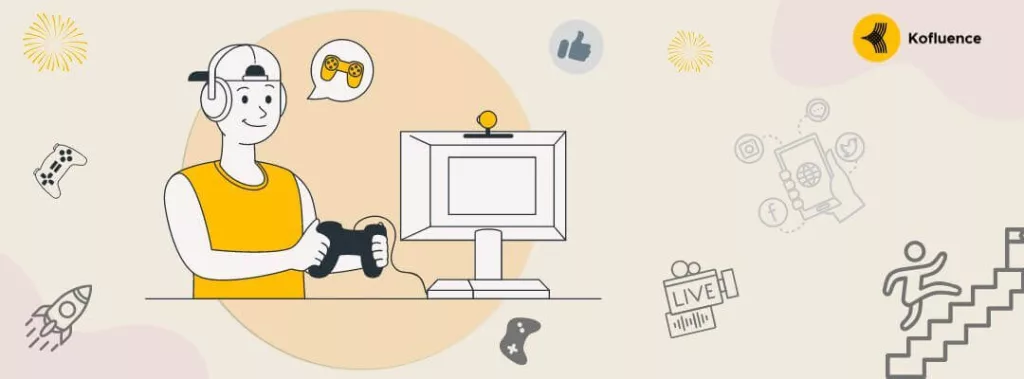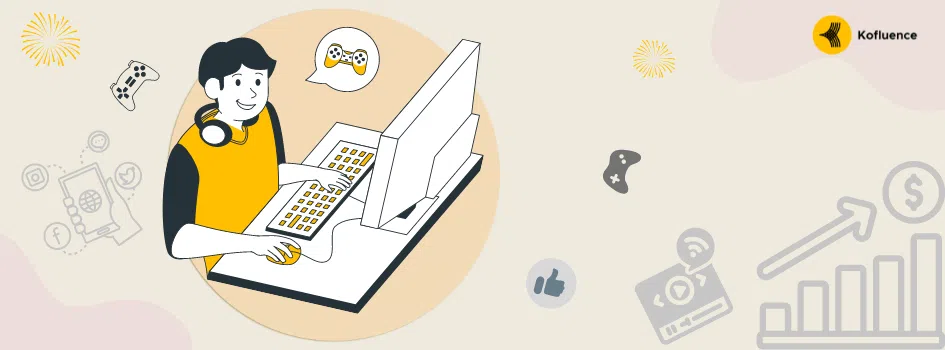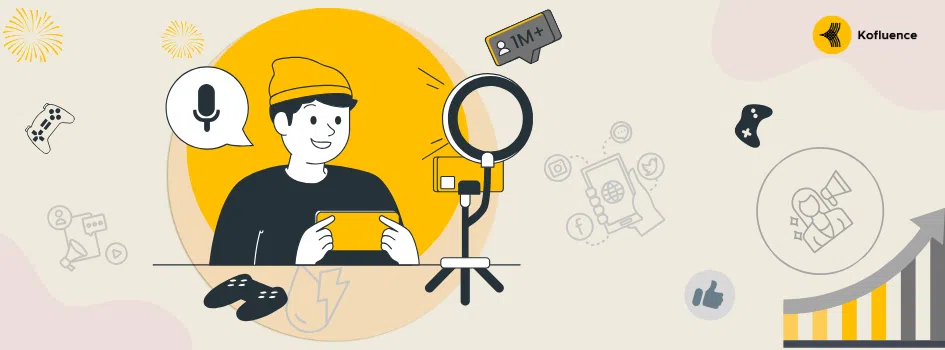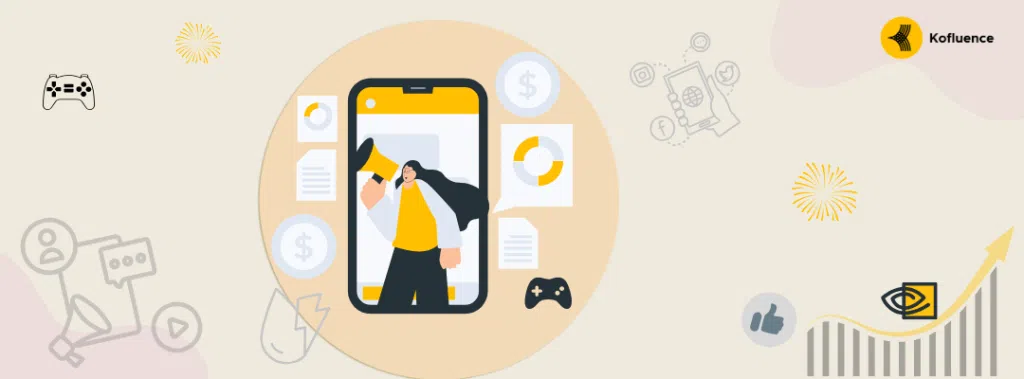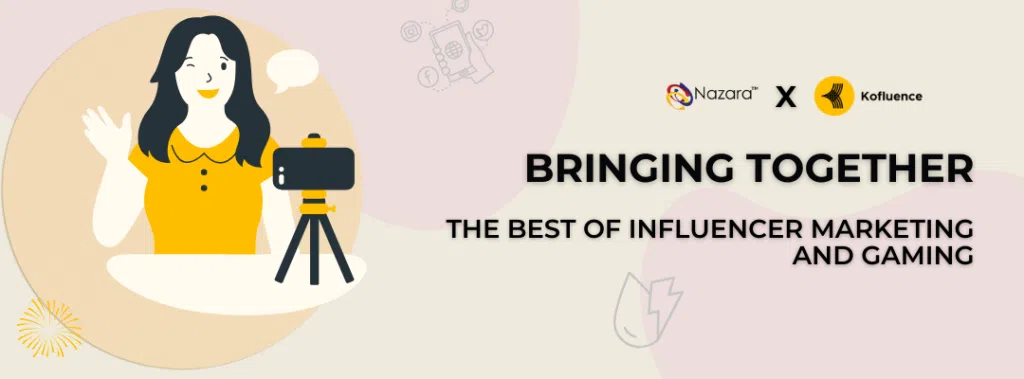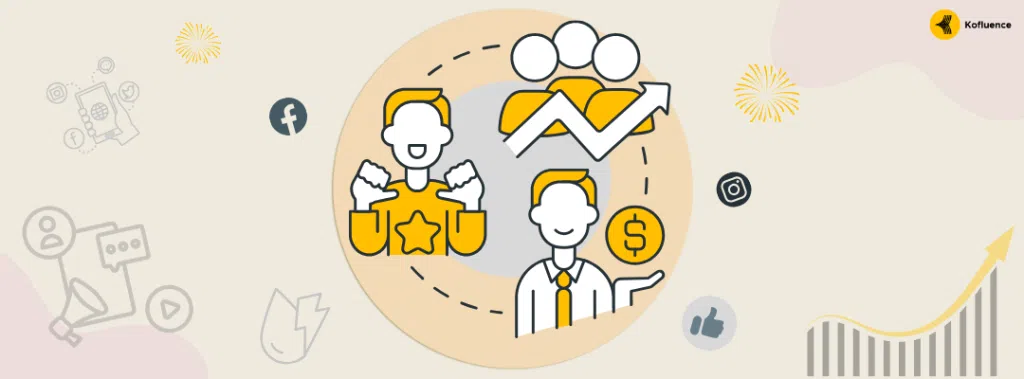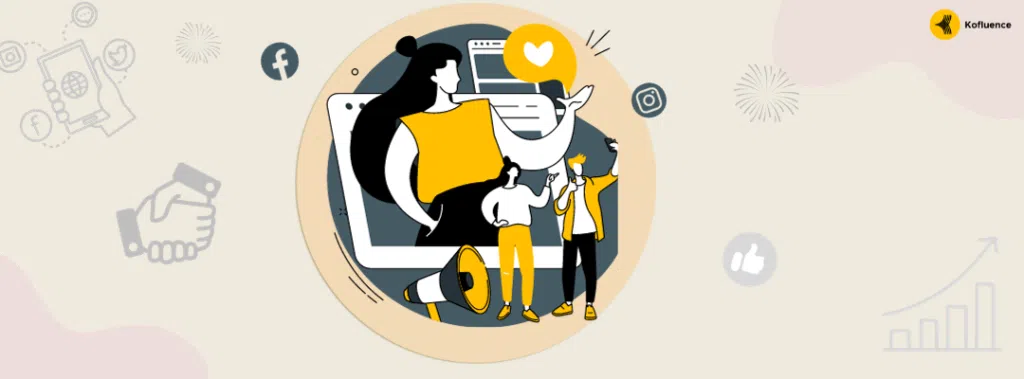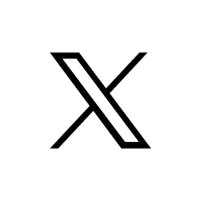Introduction
The Influence Economy: 2025 Snapshot
Influencer Identification and Campaign Optimization through AI
Micro and Nano Influencers Emergence
Authenticity & Long-Term Influencer Partnerships
Short-Form Video Content Goes Mainstream
Blockchain for Transparency & Anti-Fraud
Social Commerce & Shoppable Content Growth
AI-Generated & Virtual Influencers
How Brands Can Transition to 2025 Trends
Conclusion
Frequently Asked Questions (FAQs)
Introduction
The digital marketing playbook is being rewritten in real time. Amidst privacy crackdowns, the collapse of cookies, and the relentless churn of content, creators are proving to be the most enduring currency. They are no longer a campaign add-on, they are the mainline to consumer trust, regional reach, and measurable returns.
Kofluence’s 2025 Influencer Marketing Report, set for full release soon, distills India’s influencer economy into key insights from over 1,000 creators, marketers, and digital strategists. It offers a clear-eyed view into what’s driving budgets, shaping content formats, and helping brands outperform competition in a post-cookie, AI-enabled world.
This exclusive preview is based on preliminary results in the full report, your earliest insight into the year’s most realistic, data-driven analysis of 2025 influencer marketing trends.
The Influence Economy: 2025 Snapshot
India’s influencer marketing economy is currently worth between ₹3,000 and ₹3,500 crore. Over 3.5 to 4.5 million creators are making content across platforms, with most operating from Tier 2 and Tier 3 cities. Increased internet penetration, 5G availability, and government initiatives such as India’s $1 billion creator economy fund have all played a role in this explosive growth.
The report on the influencer marketing industry identifies a number of key drivers for this boom:
- Mobile-first content habits among Gen Z and millennials
- Preference for authentic content from relatable creators
- Shifting brand spend from traditional media to creator collaborations
- Rise of direct-to-consumer (D2C) and regional-first brands seeking targeted engagement. Read how Sugar launched a successful campaign with engagement rates as high as 11%.
In response, brands are building dedicated influencer budgets, upskilling internal teams, and leveraging tech platforms for end-to-end campaign management.
Instagram Holds Strong, But the Scope is Evolving
Instagram continues to lead in both budget share and creator count. It receives over 50% of influencer marketing spend. Reels, in particular, deliver consistently high engagement. Between 1.8 to 2.3 million Indian creators operate on Instagram, with most identifying as nano (1K–10K followers) or micro (10K–100K followers) influencers.
Monetization insights from the report include:
- Instagram Reels earn nano-creators ₹500–₹5K per post
- Micro-influencers average ₹2.5K–₹80K per campaign
- Mega influencers cross ₹2 lakh per brand collaboration
However, YouTube is gaining ground. With a robust monetization ecosystem and expanding viewership for Shorts, YouTube is becoming a preferred destination for creators prioritizing earnings over reach alone.
Micro-Influencers: The New Strategic Priority
More than half of marketers now say that creators in the 10K–100K range provide the best ROI. Their communities are more engaged, niche-focused, and geographically concentrated. Regional language creators are delivering higher-than-average campaign completion rates, especially for ecommerce, beauty, health, and FMCG.
Key statistics:
- 52% of influencer spend is directed toward micro-influencers
- 44% of YouTube creators and 48% of Instagram creators are aged 18–25
- Cost per view (CPV) for micro-tier creators ranges from ₹100–₹150 depending on category
This is prompting brands to move beyond one-off campaigns and towards longer-term partnerships built on consistency and mutual growth.
Short Format, Big Impact
Short video content is the go-to format for over 52% of Indian content creators today. In addition to driving visibility, it also enables quick experimentation, trend adoption, and monetization. Platforms have nudged creators with incentives:
- Meta’s Reels Play Bonus
- YouTube Shorts monetization under the expanded Partner Program
- AI editing tools to reduce post-production costs
Short-form video enables campaigns to meet consumers mid-scroll — creating instant engagement through storytelling that feels native, not disruptive.
AI is Quietly Rewiring Campaign Workflows
AI is no longer a theoretical concept for marketers. According to our data, 30% of brands are already using AI to optimize creative production, automate performance reporting, and select creators for campaigns. These efficiencies free up teams to focus on strategic insights rather than executional churn.
Meta has rolled out several creator tools powered by AI:
- Reels dubbing across multiple Indian languages
- Creator Lab tutorials to upskill influencers in monetization
- AI-powered avatars that allow creators to deliver content at scale without constant filming
For creators, this means more control, quicker content turnaround, and wider audience reach.
Regulations and Responsibility are Front and Center
Increased scrutiny from ASCI (Advertising Standards Council of India) and rising consumer awareness have made ad disclosures non-negotiable. Today, 72% of brands and 56% of creators actively support stronger guidelines around transparency.
Non-disclosure or misleading partnerships now carry real consequences:
- Government-imposed fines up to ₹2.5 lakh
- Decreased consumer trust
- Lower algorithmic distribution by platforms
To stay compliant, creators are advised to:
- Use clear tags like #Ad and #PaidPartnership
- Avoid burying disclosures in long captions or behind “Read More” prompts
- Follow platform-specific guidance
Campaign Tactics That Delivered in 2024
The full report includes a review of unconventional campaigns that shaped the past year. Here are three early themes:
- Meme-vertising: Humor-first content amplified by creators led to strong recall for brands like Swiggy and Blinkit.
- Shopcializing: For Gen Z, the line between shopping and socializing has blurred. Creators who drive conversations and product discovery win. Find out how Hero’s influencer activation brought in 15,000+ registrations.
- Guerrilla Influence: Bold, low-cost marketing with viral appeal worked best when layered with creator-led storytelling.
These are not anomalies. They reflect where influence is moving — toward interaction, authenticity, and immediacy.
Gen Z’s Creator Economy Impact
The 18–25 age group now makes up nearly half of all creators on Instagram and YouTube. Their content styles lean toward infotainment, fast takes, cultural commentary, and identity exploration. They are fluent in memes, fluent in monetization, and fluent in micro-narratives that scale.
Understanding how this generation thinks, and what they tune out, is now essential. Key insights:
- 27% of marketers say Gen Z’s short attention span is the top challenge
- 20% cite trend fatigue as a planning obstacle
- 19% focus on building interactive brand moments instead of static ads
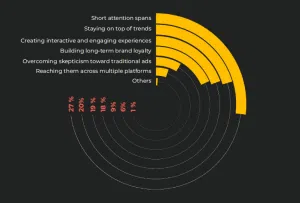
Influencer Budgeting as a Quarterly Science
Earlier, influencer marketing budgets were ad hoc, allocated only for launches or festive seasons. Today, over 70% of brands integrate influencer budgets into their digital media plans. The result: more consistent execution, stronger creator relationships, and cleaner measurement.
Highlights from brand data:
- Engagement is the most prioritized KPI (31%)
- Reach and conversion follow closely
- 1 in 4 brands increase spends specifically for new product or service rollouts
Preview: What’s in the Full Report?
This teaser draws from selected insights in the Kofluence 2025 Influencer Marketing Report. The complete document includes:
- Sector-wise spend breakdown
- Creator revenue benchmarks by tier
- Performance comparisons between YouTube Shorts, Reels, and static content
- A case study featuring a national telecom brand’s 4-campaign rollout across India
- Methodology validation using platform APIs and third-party tools
It also explores advanced trends including:
- The rise of synthetic media avatars
- Cross-platform monetization convergence
- Platform-driven influencer marketplaces and rate transparency
Final Word
So whether you’re a brand ready to scale your influencer strategy, or a creator mapping your path to growth, here’s your guide for success: our 2025 Benchmark Report. Watch this space for the report launch. Get heard and power your campaign through the Kofluence app — Now available on iOS and Android.

